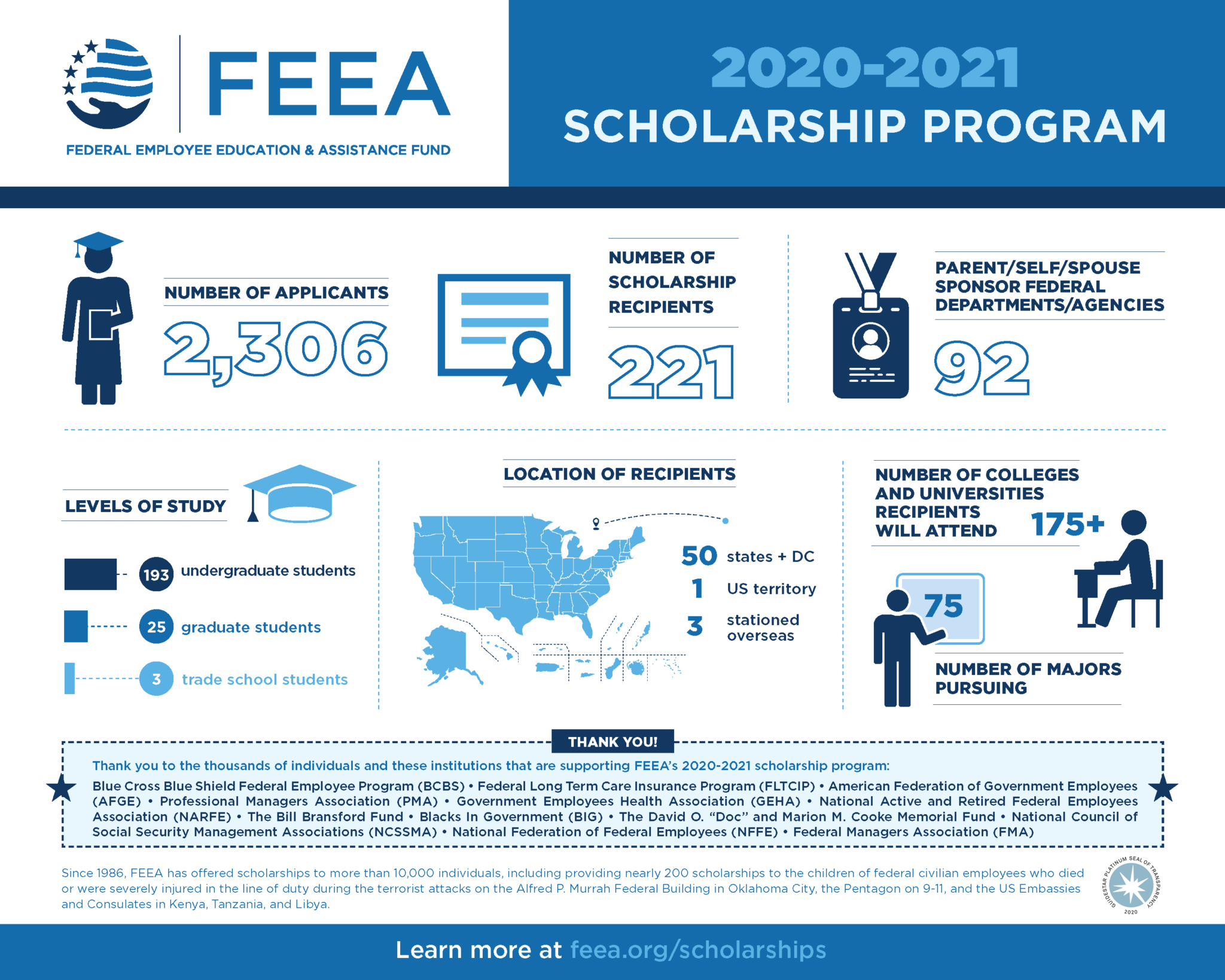The Secret to College Funding: My Personal Dive into Federal Scholarships
College felt like a distant, glittering castle – beautiful, but utterly out of reach. Growing up, money was always tight. The thought of tuition fees, textbooks, and living expenses was enough to make my stomach churn. I remember countless nights staring at the ceiling, wondering how on earth I’d ever afford a higher education. Then, I stumbled upon something that changed everything: federal scholarships.
Now, before you picture a grand scholarship ball or a complicated application with a thousand essays, let me tell you my story. It’s not about winning a lottery; it’s about understanding the system, and it’s something almost every aspiring student in the U.S. can tap into. Think of it as the government saying, "Hey, we believe in your future, and we want to help you get there."
The Big Umbrella: What Are "Federal Scholarships" Anyway?
When I first heard "federal scholarships," I imagined some exclusive club for academic superstars. Boy, was I wrong! It’s actually a big umbrella term that covers a whole range of financial aid programs offered by the U.S. government. And here’s the kicker: much of it isn’t based on how smart you are, but on how much financial help you genuinely need.
Let me break down what I discovered, because these were the lifelines that pulled me through:
1. Grants: The "Free Money" You Don’t Pay Back
This was the most exciting part for me. Grants are like gifts! You get the money, and you don’t have to worry about paying it back. The most famous one, and the one that truly saved me, is the Pell Grant.
- Pell Grant: This is designed for undergraduate students with exceptional financial need. When I saw I qualified for a Pell Grant, it felt like a huge weight lifted off my shoulders. It covered a significant chunk of my tuition, and honestly, without it, I probably wouldn’t have gone to college at all. The amount you get depends on your financial need, your cost of attendance, and how many credits you’re taking. It’s truly a game-changer for many students.
There are other federal grants too, like the Federal Supplemental Educational Opportunity Grant (FSEOG) for students with the greatest financial need, and grants for specific fields like teaching or for students whose parents died in military service. But the Pell Grant? That’s the one you absolutely need to know about first.
2. Work-Study: Earning While Learning
This wasn’t exactly "free money," but it was incredibly helpful. The Federal Work-Study Program allows you to work part-time jobs, usually on campus, to help pay for your education expenses. The cool thing is, the government helps fund your wages.
I had a work-study job in the library. It was perfect! The hours were flexible around my classes, I met other students, and I earned money right there on campus. It wasn’t just about the paycheck; it taught me responsibility and gave me a sense of independence. Plus, it helped me avoid taking out more loans than I needed.
3. Federal Student Loans: The Necessary Beast (But a Kinder One)
Okay, loans. Nobody wants loans, right? But sometimes, they’re a necessary part of the puzzle. The good news is, federal student loans are usually much better than private loans you might get from a bank. They often have lower interest rates, more flexible repayment options, and sometimes even a grace period before you have to start paying them back.
I had to take out some loans, but I learned there are different kinds:
- Subsidized Loans: These are awesome because the government pays the interest while you’re in school (at least half-time), during your grace period, and during deferment periods. This means the loan amount doesn’t grow while you’re focused on studying. These are based on financial need.
- Unsubsidized Loans: For these, interest starts accruing from the moment the loan is disbursed, even while you’re in school. You don’t have to make payments, but that interest will be added to your principal balance. These are available regardless of financial need.
- PLUS Loans: These are for graduate students or parents of undergraduate students. They can cover the remaining cost of attendance not covered by other aid.
My strategy was always to take out grants first, then use work-study, and only take federal loans as a last resort, and always prioritize subsidized ones. It’s about minimizing debt, but knowing these options exist is key.
My First Step: The FAFSA – Your Golden Ticket
So, how did I get any of this? It all starts with one crucial form: the Free Application for Federal Student Aid, or FAFSA. Seriously, if you take one thing away from my story, let it be this: FILL OUT THE FAFSA!
I remember sitting down at my kitchen table, a bit overwhelmed by the name. "Free Application," that sounded good, but "Federal Student Aid?" Sounded complicated. But it wasn’t a monster. It was actually pretty straightforward once I gathered everything.
Here’s what I needed to have ready:
- My Social Security number.
- My parents’ Social Security numbers (if I was a dependent student).
- My driver’s license number (if I had one).
- Tax returns for myself and my parents (from the "prior-prior year" – meaning, for example, if you’re applying for aid for the 2024-2025 school year, you’d use your 2022 tax information).
- Records of any other money earned.
- Bank statements and records of investments.
The FAFSA asks questions about your family’s income and assets to determine your Expected Family Contribution (EFC) – which is now called the Student Aid Index (SAI). This number isn’t what your family will pay, but rather an index used by schools to figure out how much aid you qualify for.
I filled it out online. It took me a couple of hours, mostly because I was double-checking everything. But once I hit submit, a wave of relief washed over me. Shortly after, I received my Student Aid Report (SAR), which summarized all the information I submitted and gave me my SAI.
The Big Reveal: My Aid Package
After submitting my FAFSA, I waited. And waited. Then, the acceptance letters started rolling in from the colleges I applied to. And alongside them, the financial aid award letters. This was the moment of truth.
I remember tearing open an envelope from my top-choice school. My eyes immediately scanned for the numbers. And there it was: a significant Pell Grant, a decent chunk of Federal Work-Study eligibility, and a smaller offer for subsidized federal student loans.
It wasn’t enough to cover everything, but it was enough to make college a reality. The Pell Grant alone covered nearly half my tuition. The work-study meant I could earn money for books and living expenses without stressing my parents. The loans were manageable, and I knew they had better terms than anything I could get privately.
It felt like I had unlocked a secret level in a video game – a level where college was actually achievable.
Beyond My Story: Who Qualifies for Federal Student Aid?
My story is just one example, but the possibilities are there for so many students. So, who generally qualifies for these kinds of federal scholarships and aid?
- You need to be a U.S. citizen or an eligible non-citizen. This is a big one.
- You must have a valid Social Security number.
- You need a high school diploma or a GED certificate.
- You have to be enrolled or accepted for enrollment as a regular student in an eligible degree or certificate program at a school that participates in federal student aid programs.
- You must maintain satisfactory academic progress once you’re in college. Don’t slack off!
- Male students generally need to register with Selective Service (between 18 and 25 years old).
- You can’t be in default on any previous federal student loans or owe a refund on a federal grant.
See? It’s not about being a genius or having a perfect GPA. It’s about meeting basic requirements and showing you need help.
My Best Advice for You: Don’t Leave Money on the Table!
If my experience has taught me anything, it’s this: don’t assume you won’t qualify, and don’t let the process intimidate you. Here’s my no-nonsense advice:
- Fill Out the FAFSA, No Matter What: Even if you think your family earns "too much," still fill it out! You might be surprised. Plus, many state and institutional aid programs also require the FAFSA, so you could miss out on other opportunities too.
- Do It Early: The FAFSA opens on October 1st each year. Some aid is first-come, first-served, so submitting it as soon as possible is always a good idea. Don’t wait until the last minute!
- Read Everything Carefully: Those financial aid letters can be dense, but they break down exactly what you’re being offered. Understand the difference between grants (free money!) and loans (money you pay back).
- Ask for Help: If you get stuck on the FAFSA or don’t understand your aid package, reach out! Your high school counselor, college financial aid office, or the Federal Student Aid website (studentaid.gov) are there to help. There are no stupid questions when it comes to your future.
- Reapply Every Year: Federal aid isn’t a one-time thing. You need to fill out the FAFSA every single year you’re in college to continue receiving aid.
- Borrow Wisely: If you do need to take out loans, only borrow what you absolutely need. Every dollar borrowed is a dollar (plus interest!) you’ll have to pay back.
Your Future Awaits
My journey through federal scholarships and financial aid wasn’t just about getting money; it was about empowerment. It showed me that even with limited resources, a college education was within my grasp. It opened doors I thought were permanently shut.
Don’t let the cost of college be the reason you give up on your dreams. The federal government has programs designed to help students just like me, and potentially, just like you. Take that first step, fill out that FAFSA, and explore the possibilities. Your future is too important to leave to chance. Go explore, go apply, and unlock the education you deserve!



